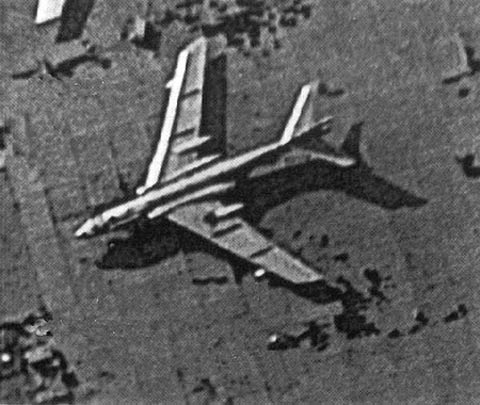That's a little unfair. The US successfully tapped a Soviet trunk line in the 80s by knowing exactly where the trees were in a park, exactly where the manhole covers were along the river, and knowing exactly when security made their sweeps. We had an operative break away from his family on a picnic at a park for 45 minutes and provide 5 years of SIGINT. Considering the massive size of the Soviet bioweapons program and the fact that both sides accused the other of poisoning wells in Afghanistan, knowing where the reservoirs are is just good planning. An individual house is not a resource that can be co-opted. Might as well be trees in woods. An elementary school is a likely rally point. Exactly that. Soviet tanks weighed a third less than NATO tanks, because Soviet bridges had a third the weight capacity of NATO bridges. The idea (the deliberate idea) was that the Warsaw Pact could use river crossings that the Americans couldn't. There's also the fact that Soviet and American maps of the time didn't show everything, and there was a lot of propaganda shaping stuff like that. Not only that, you print a satellite photo and everybody knows your capabilities: Now you can estimate pretty much everything about the KH-11 MOD3. Put it on a map? Anything's possible.According to Tony Morse, a remote sensing and geographic information systems expert, the Soviet's "cartographic paranoia compelled them to fill in as much as possible to make sure the U.S. wasn't hiding anything ... They had the time and the personnel. They did it because they could."
In addition to practical details, the maps include scores of bizarre features that possess little military value. The foot trails at Arlington National Cemetery; small pools of water in the forest along the C&O canal; even the meticulously transcribed names of suburban streets.
The map does include numerous points of military interest that are absent from even present-day US maps. For example, they accurately place every reservoir and pumping station in the city, despite the fact that they are largely unmarked to this day on maps, google earth, and on the ground. The images below show the Fort Reno reservoir.
Public buildings in the suburbs such as elementary schools are correctly placed, while the houses on adjacent streets are all fictitious estimates.
The Soviet maps of US and European cities have details that aren’t on domestic maps made around the same time, things like the precise width of roads, the load-bearing capacity of bridges, and the types of factories. They’re the kinds of things that would come in handy if you’re planning a tank invasion. Or an occupation.

I'm afraid I have very little idea. I didn't ask her, and there will be no opportunity soon. All I know is that they had passes. Stasi, though? I doubt it: she worked in Russia. No business for an Eastern German espionage agency in the USSR, is there?